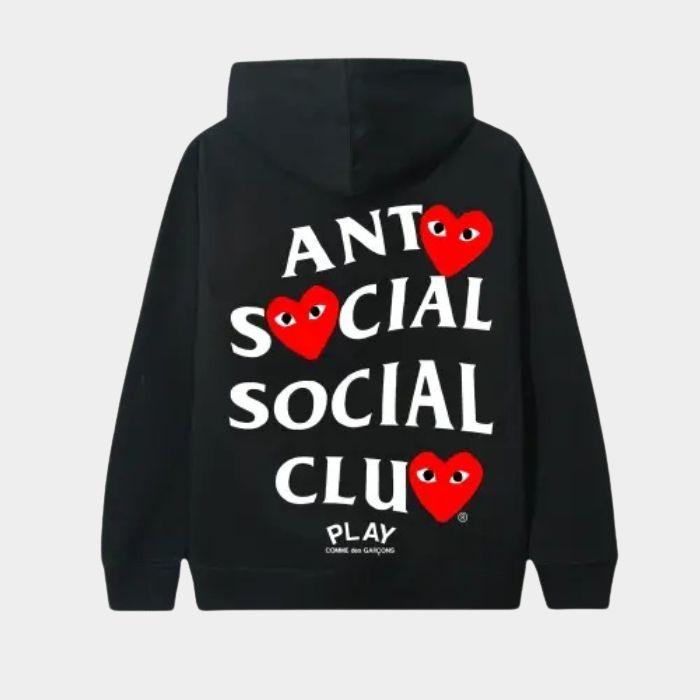Comme des Garcons design language

There’s something magnetic about Comme des Garçons. It’s not just clothing—it’s an attitude that refuses to be boxed in. Every collection feels like a conversation between rebellion and restraint, beauty and distortion. The brand never asks to be understood; it dares you to feel something instead. And that’s the secret. Comme des Garçons doesn’t follow trends—it dismantles them, leaving behind fragments that redefine what style can be.
Rei Kawakubo: The Visionary Behind the Curtain
Rei Kawakubo isn’t your typical fashion designer. She’s more like a philosopher who happens to use fabric as her medium. Born in Tokyo, trained in fine arts, Rei carved her own lane far from the traditional Parisian mold. Her approach? Question everything. Whether it’s silhouette, color, or even the concept of beauty itself, she flips convention on its head. Kawakubo’s genius lies in her refusal to explain her work—forcing the world to confront discomfort and rethink aesthetics on her terms.
The Birth of Anti-Fashion
When Comme des Garcons debuted in Paris in 1981, the audience was stunned. Models walked the runway in torn, asymmetrical garments, all drenched in black. Critics called it “Hiroshima chic,” missing the deeper message: imperfection was the new perfection. Rei wasn’t trying to please; she was exposing the fragility of fashion’s obsession with polish. This was anti-fashion before the term even existed—a rebellion that set off a ripple still felt today.
Deconstruction as a Design Philosophy
Deconstruction is Kawakubo’s signature dialect. Seams on the outside, holes where fabric should be, uneven hems—it’s like she’s showing you the skeleton of clothing. The intention isn’t chaos for chaos’ sake; it’s a meditation on form and function. By stripping garments down to their raw essence, Comme des Garçons challenges what “finished” even means. The result? Pieces that feel alive, in motion, never fully complete.
Monochrome, Texture, and the Language of Imperfection
Black isn’t just a color for Comme des Garçons—it’s a statement. Rei once said she uses black because it allows her to focus on form. And she does it like no one else. Layers of matte wool, rough cotton, and distressed silk create depth without flash. Even when color appears—muted reds, ghostly whites—it feels intentional, like whispers in a room of silence. The textures speak louder than prints ever could, telling stories of imperfection and individuality.
Concept Over Commodity
Every Comme des Garçons collection feels more like performance art than a product drop. There’s narrative, tension, emotion—sometimes confusion. And that’s the point. Kawakubo isn’t selling clothes; she’s presenting ideas. One season might explore the duality of love and loss, another might wrestle with identity or chaos. The garments are almost secondary, vessels for thought. Wearing Comme des Garçons becomes less about status and more about belonging to a quiet rebellion.
The Ripple Effect Across Streetwear and High Fashion
Comme des Garçons didn’t just influence fashion—it reprogrammed it. Dover Street Market, the brand’s retail concept, blurred the lines between boutique, gallery, and cultural hub. Streetwear brands like Supreme and Stüssy took notes on how to build identity through subversion. Designers from Raf Simons to Virgil Abloh have cited Rei’s defiance as a blueprint. Even CDG Hoodie Play—with its simple heart logo—bridges avant-garde cool with everyday wear, showing that rebellion can be accessible too.
A Continuing Mystery
Decades later, Comme des Garçons still feels like an enigma. Each show leaves audiences both confused and captivated, exactly how Rei wants it. She’s proven that mystery is more powerful than hype, that silence can be louder than a marketing campaign. Comme des Garçons remains untouchable because it refuses to explain itself. It’s not about fitting in—it’s about questioning why anyone would want to.




